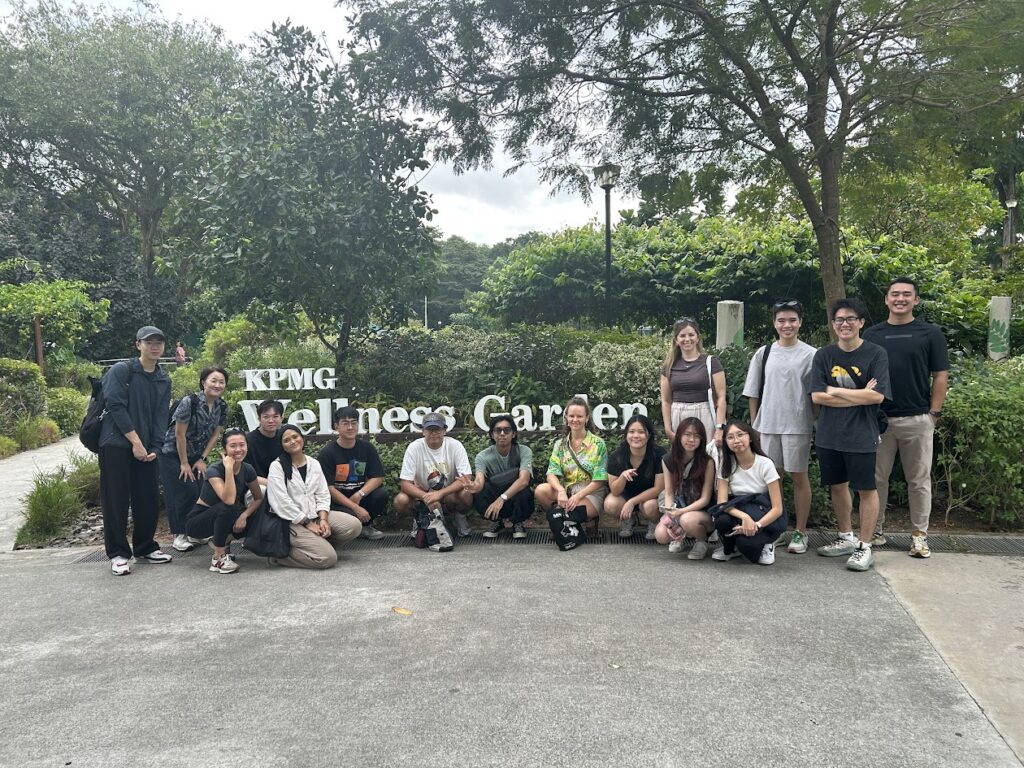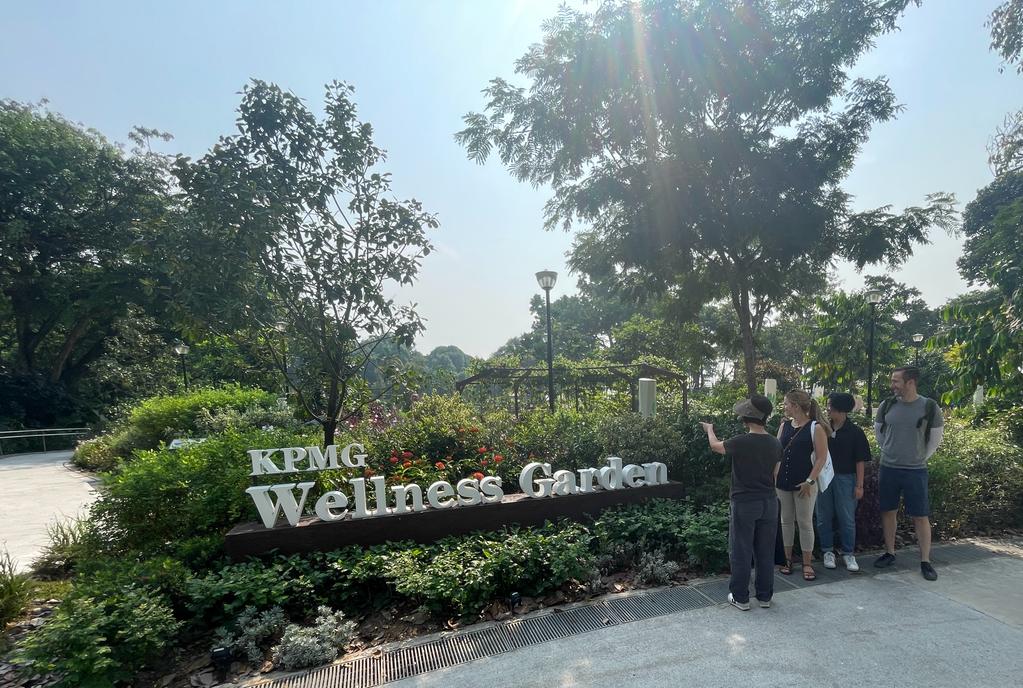Date: 27 February 2025 Time: 9:00 AM – 12:00 PM Location: East Coast Park NParks Office & KPMG Wellness Garden On a bright morning in late February, a group of 21 students gathered at the East Coast Park NParks Office for an insightful session on therapeutic garden design. Facilitated by NParks employees Afiq Fairuz (Landscape Architect and garden designer) and Dr. Agnieszka Olszewska-Guizzo, the Read More
Tag: clm
Designing for Well-Being: How the Contemplative Landscape Model Transforms Urban Spaces
We’ve all felt the calming effects of spending time in nature, whether it’s a stroll through a park or a quiet moment in a garden. But not all natural environments induce the same mental health benefits. Some landscape features, when combined, are more effective than others at promoting well-being, and the Contemplative Landscape Model (CLM) Read More
Building Back Differently: The Role of CLM in Public Health Promotion through Nature-based Solutions
“The future of humanity is undoubtedly urban,” warns the UN-Habitat in their World Cities Report (2022), urging public health policies to address the growing health risks associated with urban expansion. Urban environments — characterized by traffic, pollution, noise, and overcrowding — not only create fertile ground for physical health issues but also place a significant Read More
CLM field session in Singapore – How to recognize Contemplative Landscape features in the park
On 6.10.2023 upon the National Parks Board (NParks Singapore) request, Dr Agnieszka Olszewska-Guizzo conducted the onsite consultation and training for the NParks designers and officers regarding the use of the Contemplative Landscape Model (CLM). NParks is currently rolling out the CLM in their parks and actively using this evidence-based tool [read more here]. We’re hoping Read More
What A.I. says about Contemplative Landscape Model?
It is fascinating how artificial intelligence can provide us with a third-person’s view of our field of expertise. It is like having another expert summarising our work from an objective standpoint, making it more approachable for anybody. We recently asked ChatGPT about the Contemplative Landscape Model and its usability for professionals and how its benefits Read More





